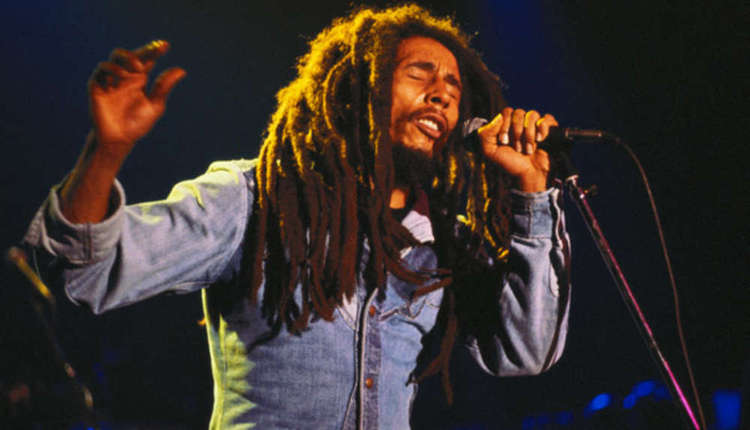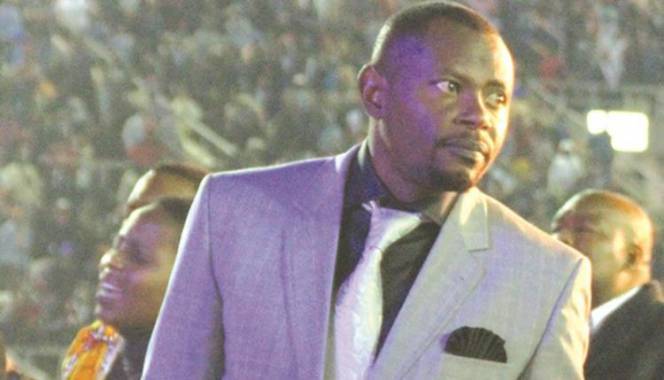
The Sunday Mail

Saul Ndlovu
Rastafarian Perspectives
RAS Tafari and Rastafarians participated immensely in the liberation and independence struggles of not only Zimbabwe but throughout Africa.
Mega-star Rastafarian and reggae legend Bob Marley delivered a milestone historical performance at the eve of Zimbabwe’s birth and independence from detrimental British (brutish) colonial rule.
To begin with, the teachings; opinions and philosophies of Marcus Mosiah Garvey were very influential and pivotal in unifying, to conscientious and mentally emancipate Africans and Blacks from the vice-grip of colonisation.
Marcus Garvey published his “Philosophy and Opinions of Marcus Garvey” amongst other numerous publications including a daily newspaper, poems, speeches and so forth. This abundant rich literature no doubt liberated the minds of the colonised African “at home and abroad” as he put it.
He pioneered and championed the pan-African movement and also founded the Universal Negroes Improvement Association and the African Communities League, which were 100 percent black liberation organisations in the heart of white racist and supremacists’ America.
His name Mosiah, a combination of Moses and Messiah is locally equivalent to “friend” as in comrade or “muzaya”.
Wikipedia says “The Pan-African Flag -also known as the UNIA Flag, Afro-American Flag and Black Liberation Flag is a tri-colour flag consisting of three equal horizontal bands of (from top to down) red, black and green.
The UNIA-ACL formerly adopted it on August 13 1920 in article 39 of the Declaration of the Rights of the Negro Peoples of the World, during its month-long convention at Madison Square Garden in New York City.
“Variations of the flag can and have been used in various countries and territories in Africa and the Americas to represent pan-Africanist ideologies. Several pan-African organisations and movements have often employed the emblematic tri-colour scheme in various contexts.
The flag was created in 1920 by members of UNIA in response to the enormously popular 1900 coon song “Every race has a flag but the coon,” which has been cited as one of the three songs that “firmly established the term coon in the American vocabulary.”
In a 1927 report of a 1921 speech appearing in the Negro World weekly newspaper, Marcus Garvey was quoted saying: “Show me the race or the nation without a flag, and I will show you a race of people without any pride. Aye! In song and mimicry they have said, ‘Every race has a flag but the coon’. How true! Aye! But that was said of us four years ago. They can’t say it now…’.”
Especially among the East African Black Congress, or Bobo Ashanti, Honourable Marcus Mosiah Garvey is considered a part of the Holy Trinity as Prophet; Emperor Selassie I as King of Kings and Prince Emmanuel Edward as Priest. The Holy Trinity comprises of Prophet, Priest and King.
Selassie I not only had a “mere flag” but an actual Empire as well, the only territory on earth never colonised throughout all mankind’s history.
During His reign, the King of Kings of vast Ethiopian Kingdoms gesticulated a red, yellow, and greed flag with a proud Conquering Lion of the tribe of Judah in the center and Stars of David at the corners.
This ancient emblem directly influenced liberation struggles and facilitated freedom and independence in all those countries you see with the same said tri-colour combination in their national and territorial flags.
“The Emperor was ironical, an anti-imperialist so he stated, and offered his ancient capital as a launching pad of the continental organisation on May 25, 1963.
Among the 30 Heads of State who attended the august occasion were Ghana’s Dr Kwame Nkrumah, Guinea (Conakry’s) Sekou Toure, Mali’s Modibo Keita, Egypt’s Gamal Abdel Nasser, Tanzania’s “Mwalimu” Julius Nyerere, Uganda’s Milton Obote, Kenya’s Jomo Kenyatta, Cameroon’s Alhaji Ahmadou Ahidjo, Sierra Leone’s Dr (later Sir) Milton Margai, Tunisia’s Habib Bourguiba, Somalia’s De Abdirashid Ali Shermarke and all other leaders of independent African countries. Dr Joshua Nkomo, Robert Dambaza Chikerema and Joseph Bruno Msika represented the then banned Zapu. Zanu had not yet been formed.
The main objective of the OAU was to help decolonise the entire African continent, including its islands such as the Comoros in the Indian Ocean and several Guinean (Bissau) islands in the Atlantic Ocean.
A decision had been taken at a high-powered international conference in Accra, Ghana, in 1958 that independent African States should help those still under colonial domination to be free.
That help was in various forms: scholarships to liberation movements to help them to train personnel to run their respective countries at their attainment of independence; military training for guerilla warfare against colonial forces.
Whereas scholarships were offered by some states directly to liberation movements, military assistance was channeled through the OAU’s liberation committee based in Dar es Salaam, Tanzania.
The military aid was given to liberation movements recognised by the OAU.
South Africa had two such organisations, the ANC and the Pan-African Congress. Zimbabwe had Zapu and Zanu. Mozambique was initially represented by at least four parties: Udenamo, the Mozambique African Nationalist Union, Unami and the Mozambique Africana Nacional Congress. Udenamo, Manu and Unami merged in Dar es Salaam on June 25, 1962 to form Frelimo.
Namibia was originally represented by Swapo Swanu. Angola had its well-known liberation movement, MPLA. A second organisation known as the Revolutionary Government of Angola in Exile was recognised by the government of the then Congo-Kinshasa on June 29, 1963. However, the OAU by and large stuck to the MPLA and gave it material aid until Angola became independent on November 10, 1975.
Guinea-Bissau had its PAIGC. For a brief period, the PAIGC was challenged by an organisation called Fling based in Senegal. The OAU continued to support PAIGC as Guinea-Bissau’s only authentic liberation movement. Guinea-Bissau became independent on September 24, 1973.
The liberation committee’s chief officer was the late Colonel Hashim Mbita, a Tanzanian Pan-Africanist who encouraged all liberation movements through their representatives in Dar es Salaam to fight until their countries were free.
Whenever he thought that there was very little or no activity taking place in any of the African continent’s territories still under colonial oppression, he would call the representative of the liberation organisation concerned and warn them that continued lack of serious activity could lead to stoppage of aid and eventual de-recognition by the OAU. Col Mbita was also a very firm believer in unity among or between liberation movements such as Zapu and Zanu. He used his influence to bring about the Patriotic Front.
It could serve Africa well economically especially if its various nations, all of which are now independent sovereign states, were to unite not only to fulfil the aspirations of the OAU founding fathers.
Happy 36th birthday Zimbabwe and long live His Excellency President Robert Gabriel Mugabe.
Saul Gwakubva Ndlovu is a Bulawayo-based retired journalist. Feedback: +263734328136 and [email protected]



